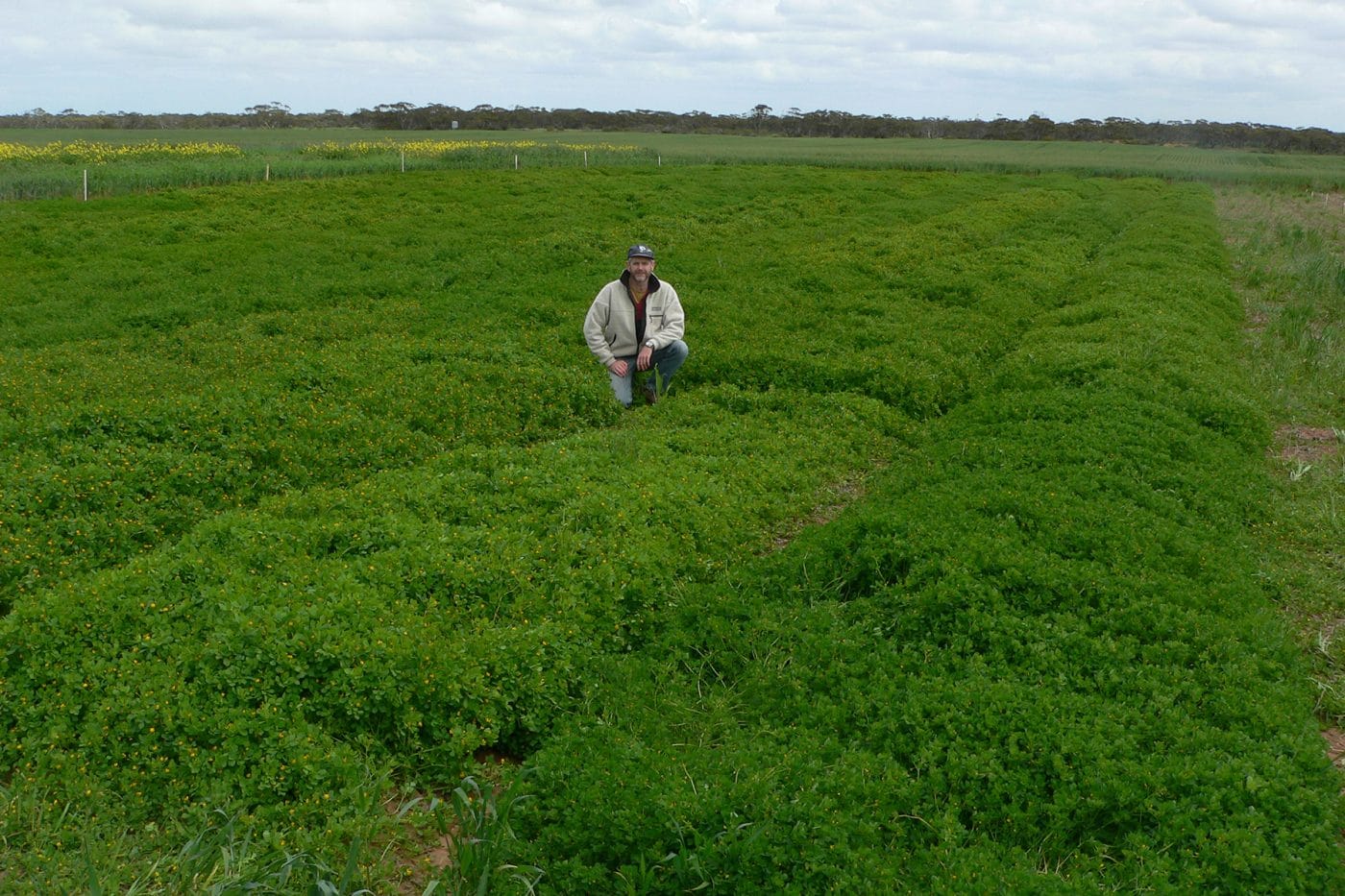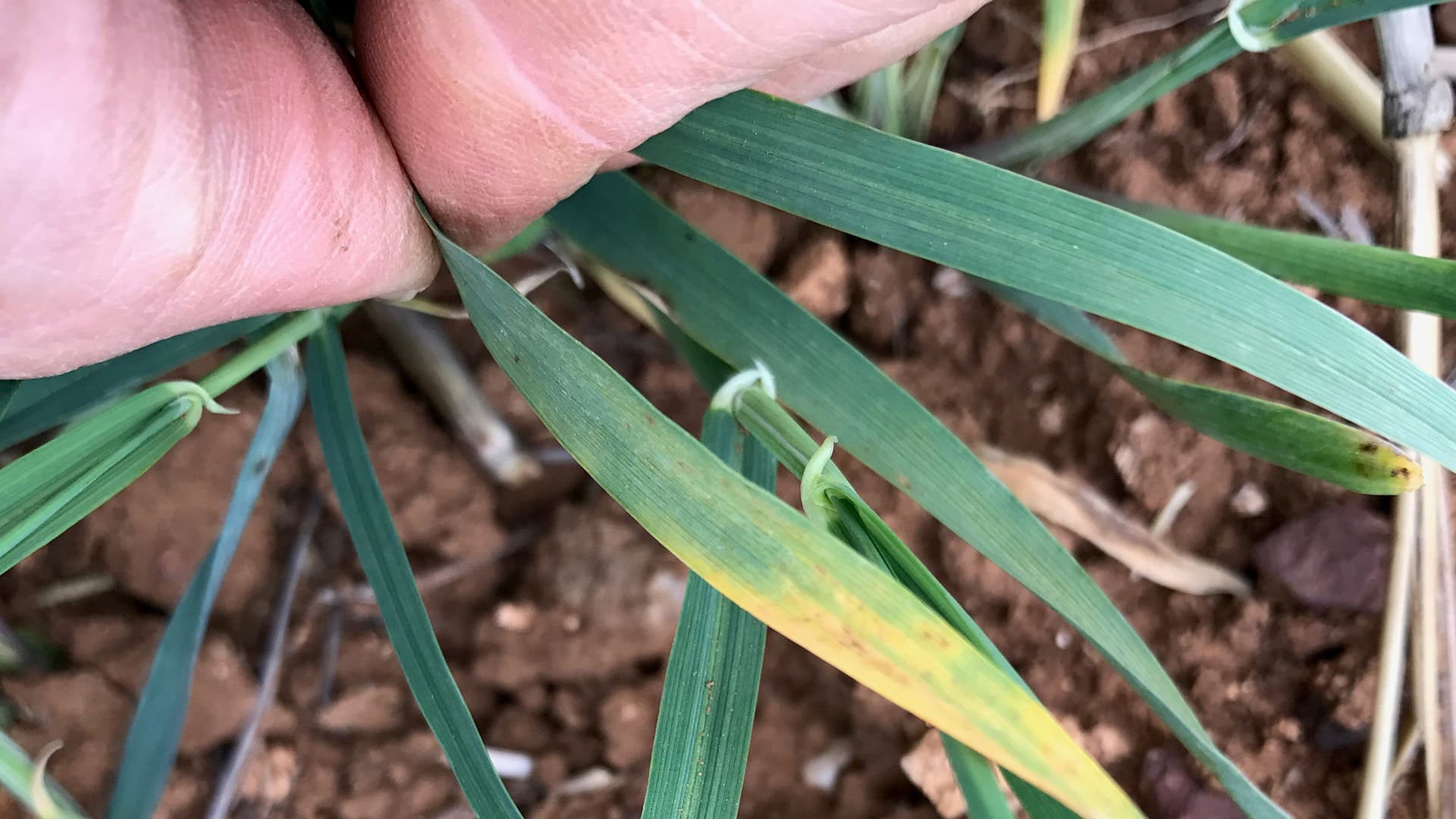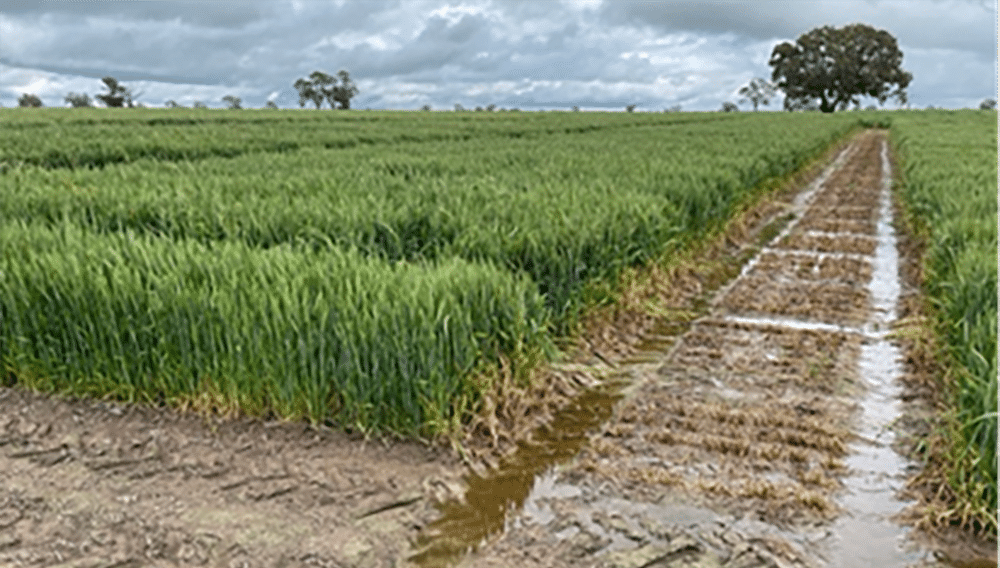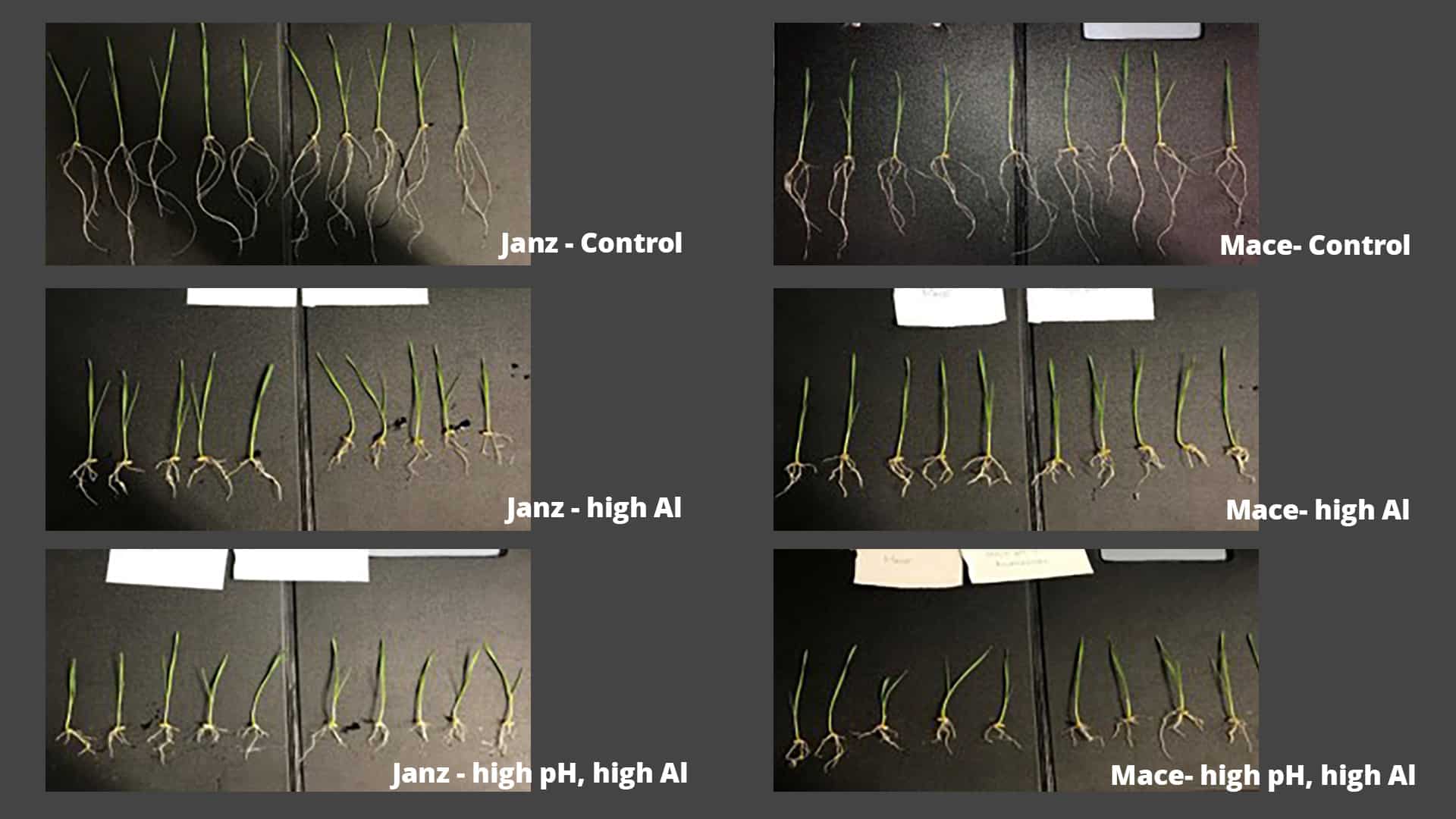START
FINISH
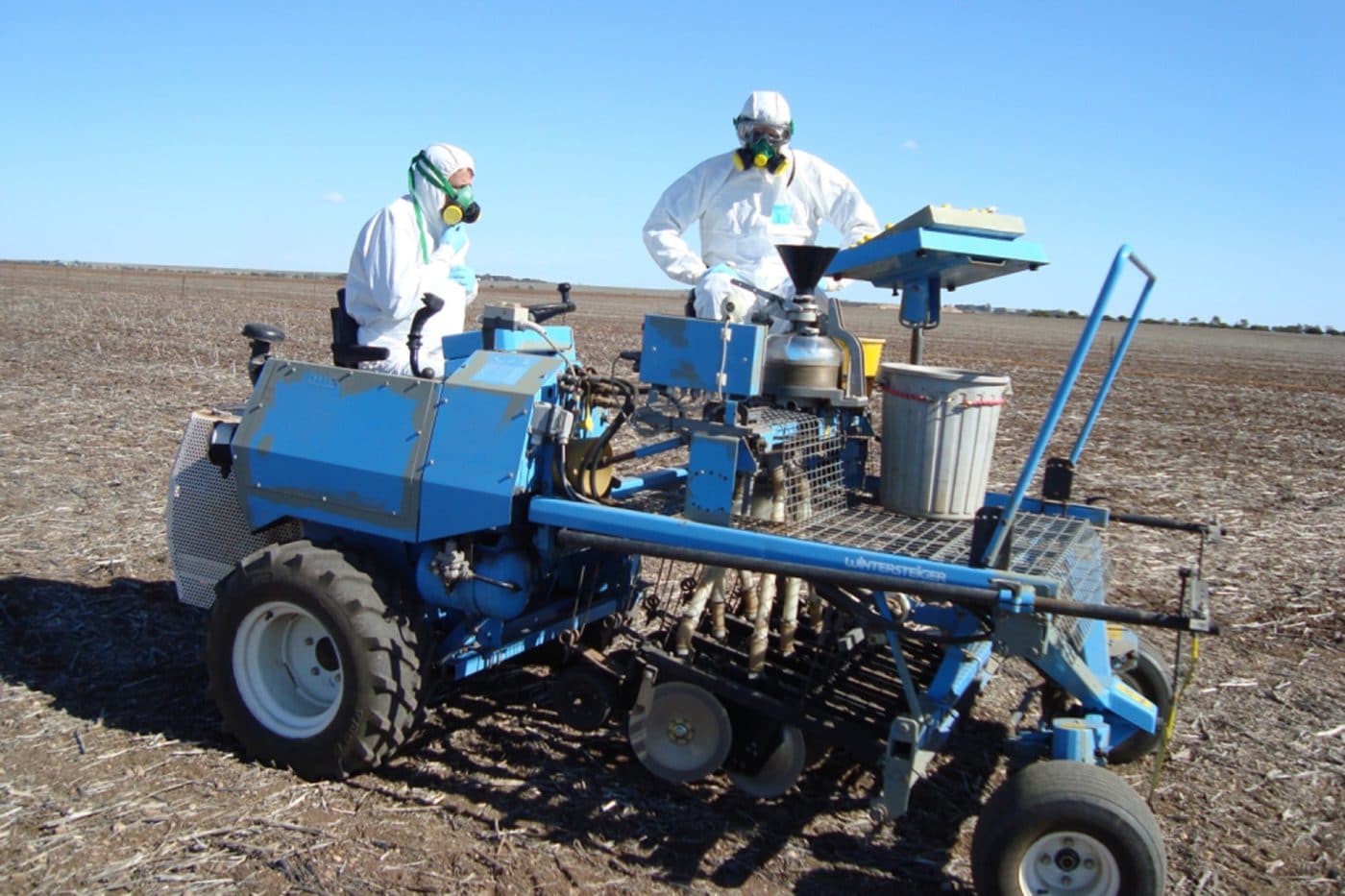
Summary
SARDI identified new medic lines with improved dry matter production and seed yield – up to 35% higher than benchmark strand medic cultivars, Herald, Angel and Jaguar.
Background
In South Australia, there are about 3.9 million hectares of cropping soils suited to strand medics with soil pH higher than 6.5 and average annual rainfall below 350mm, mainly in the Upper Eyre Peninsula, Murray Mallee and Mid/Upper North.
Medics are ideally suited to relatively low input farming systems and provide a cost-effective means of adding biologically-fixed nitrogen to the system.
Other benefits include providing a disease break for following cereal crops and a reduction in economic risk compared with intensive cropping.
Based on the often poor state of existing medic pastures, there is potential to improve their production with the sowing of improved cultivars and improved management resulting in more competitive, productive and persistent pastures.
Research Aims
- Evaluate the agronomic performance of 25 advanced medic lines with various combinations of new traits.
- Determine the benefit Pratylenchus neglectus root lesion nematode tolerance has on medic production and measure the change in nematode populations after growing these medic lines.
- Make onsite field selections from segregating medic lines under evaluation.
- Screen lines with elite field performance for traits that are still segregating.
- Initiate seed increase of the most promising lines for commercial release.
In The Field
The project started in 2010 with the agronomic evaluation of a group of early generation strand medic bred to include new traits of powdery mildew resistance, root lesion nematode tolerance and/or improved rhizobial effectiveness.
There were three experiments at Minnipa, Arthurton, and Karoonda. Sites were also established at Lameroo, Netherton and Pinery.
Dry matter production and analysis of seed yield was assessed and analysed at all sites. Root damage assessments were completed at Arthurton.
Results
Best-performing lines
SARDI identified six new medic lines with excellent agronomic performance. These lines were derived from a cross between Angel strand medic and a new line originally selected for powdery mildew resistance.
The new lines combine powdery mildew resistance with sulfonylurea herbicide tolerance, aphid resistance and larger seed size.
Ongoing seed multiplication has enabled these lines to be evaluated in larger scale field trials in 2013 at Rudall, Netherton and Karoonda (under a new SAGIT project: S1213).
There are excellent prospects for one of these lines to be commercialised as a new cultivar, targeting the lighter soil types typical of the lower rainfall Eyre Peninsula and Murray Mallee dune swale land forms.
Effects on soil microbiology
New evidence gained by this project again confirms that medics are appropriately classified as moderately resistant (MR) to Pratylenchus neglectus root lesion nematode based on consistent reductions of nematode number after the growth of medic.
Rhizobial inoculation on farms in the Mallee gave further improvements in medic production. The work highlights the importance of inoculation and confirms that frequent grower reports of poor nodulation in the Mallee should be taken seriously. Inoculation will be strongly advocated for the new medic cultivars being developed.
Project Participants
SARDI: Jake Howie, Ross Ballard, David Peck, Barbara Morgan, with technical support from Jeff Hill.
The Problem
Grain growers in areas with rainfall less than 350 millimetres and soil pH more than 6.5 need new medic varieties with improved traits.
The research
SARDI conducted trials in the Murray Mallee, upper Eyre Peninsula and upper Yorke Peninsula evaluating traits of new medic lines to assess their suitability for less intensive cropping operations.
More information
Jake Howie, SARDI Senior Research Officer – Pastures
T: 08 8303 9407
E: [email protected]
Value for Growers
- Medics have been confirmed to be moderately resistant to Pratylenchus neglectus root lesion nematode.
- Growers will be able to access new medic lines with improved agronomic performance in dry matter production and seed yield, powdery mildew resistance, SU herbicide tolerance, aphid resistance, and larger seed size.
- Larger scale field trials (including grazing) at additional sites, are being conducted prior to the commercial release of a new variety.

